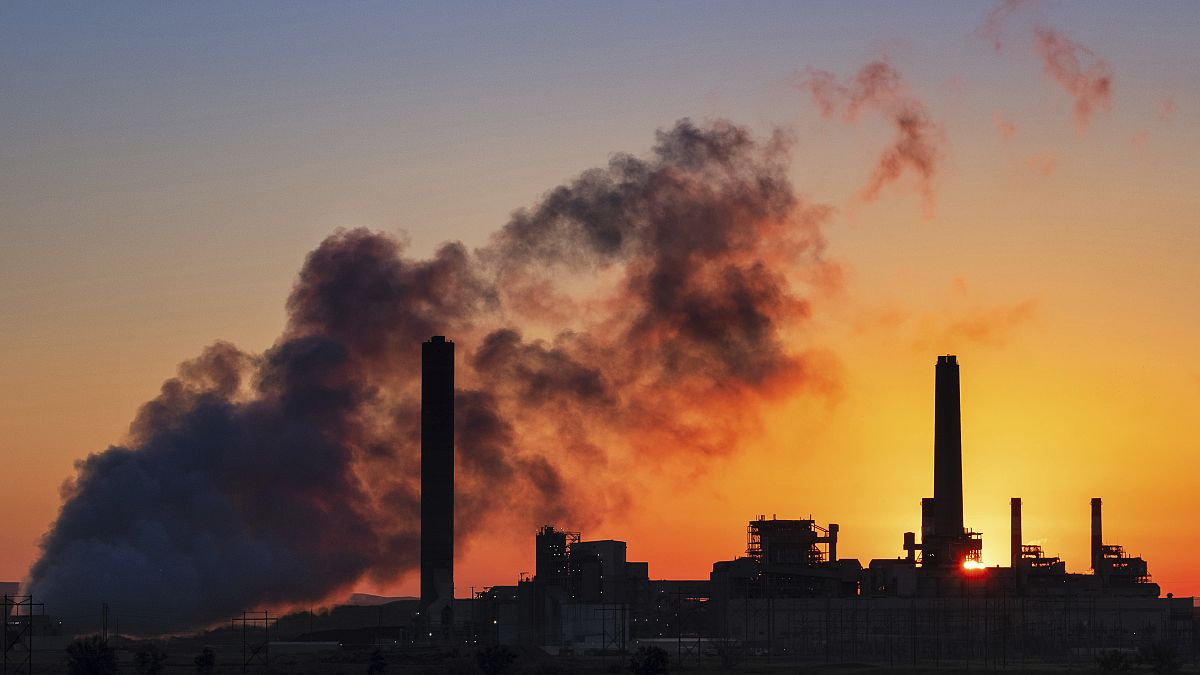Energy-related demand for coal and natural gas is expected to surge this year as economies worldwide sputter back to life.
Global energy-related carbon emissions are set to record their second-biggest annual increase ever in 2021, fuelled by coal consumption in Asia, the International Energy Agency's (IEA) forecasted.
Energy-related CO2 emissions are to increase by 5 per cent — or 1,500 billion tonnes — this year to reach 33 billion tonnes. This is the biggest annual increase since 2010, when the world was recovering from the financial crisis.
"This expected increase would reverse 80 per cent of the drop in 2020, with emissions ending up just 1.2 per cent (or 400 Mt) below 2019 emissions levels," the IEA flagged in its report released on Tuesday.
The increase is blamed on an expected significant boost in demand for fossil fuel and in particular coal. The IEA predicts demand for coal will rise by 4.5 per cent this year, exceeding levels seen in 2019 and approaching a peak reached in 2014.
More than 80 per cent of the growth in coal demand is to be concentrated in Asia with China accounting for over half of global growth. Demand for coal is also expected to increase in Europe and the US but should remain "well below" pre-crisis levels.
Overall, energy demand is set to increase by 4.6 per cent this year as economies worldwide sputter back to life after all but grounding to a halt in the spring of 2020 when countries imposed strict measures to curb the spread of the pandemic.
The International Monetary Fund projects the world economy will grow by 6 per cent in 2021 following last year's 3.3 per cent contraction.
The use of fossil fuel, in general, is set to grow, although oil consumption is expected to remain lower than 2019 levels, in part due to continued suppressed demand for oil for road transport and aviation.
Among fossil fuels, natural gas is on course for the biggest rise relative to 2019 levels with an expected 3.2 per cent increase in 2021, propelled by demand from Asia, the Middle East and Russia.
"This is a dire warning that the economic recovery from the COVID crisis is currently anything but sustainable," IEA Executive Director Fatih Birol said in a statement.
"Unless governments around the world move rapidly to start cutting emissions, we are likely to face an even worse situation in 2022," he added.
His warning comes just days before US President Joe Biden hosts a Leaders Summit on Climate which aims to reinvigorate climate ambitions and targets worldwide in order to limit the rise of temperatures to 1.5°C.
The IEA notes however that demand for renewables is also expected to reach record levels this year.
Demand for renewables is projected to increase by 8 per cent this year, after a 3 per cent rise in 2020 to provide more than half of the increase in global electricity supply this year.
China is likely to account for almost half the global increase in renewable electricity generation with over 900 TWh (Terawatt per hour), followed by the EU with 580 TWH and the US's 550 TWh.
